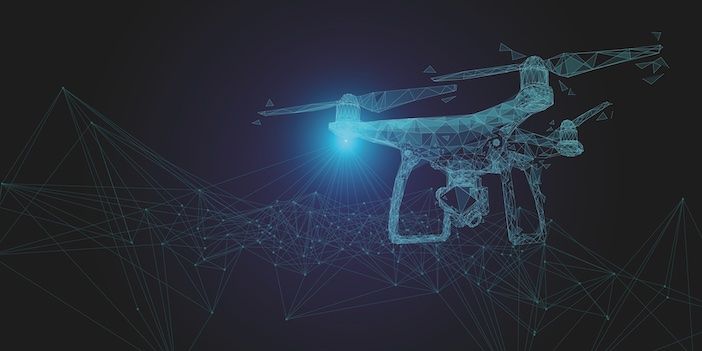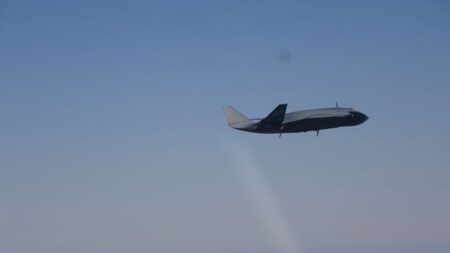by Gordon Feller
Software for drones is rapidly evolving to include the use artificial intelligence (AI), autonomy and cybersecurity to help realize potential future applications.
One of the first and most prevalent uses for drones is inspection. According to the report published by Allied Market Research, the global drone inspection and monitoring market generated US$6.44 billion in 2020, and is anticipated to reach US$35.11 billion by 2030, an annual growth rate of 16% from 2021 to 2030.
However, manual camera drones remain hard to fly, easy to crash and unusable in environments with high GPS or compass interference. They also require highly skilled, trained pilots and operators to carry out inspection tasks.
Adam Bry, CEO and cofounder of USA-based drone maker Skydio says, “Technology limitations and the need for a professional pilot ultimately prevent wide scale deployment across numerous use cases that are critical to operations.
“We are building autonomous drones like the Skydio 2+ and Skydio X2 that use artificial intelligence to navigate using computer vision. With these systems, instead of being specialized technology, drones become just another inspection tool — as common, as safe and as easy to use as any other.”
The latest software further enhances drone utility and usability. Early access customers for Skydio’s 3D Scan and Skydio Cloud software have reported positive improvements. These include Sundt Construction, the North Carolina Department of Transportation (NCDOT) and the Boston Police Department, which have reported up to 75% faster data capture, 50% greater inspection team output, and 30% lower reinspection rates.
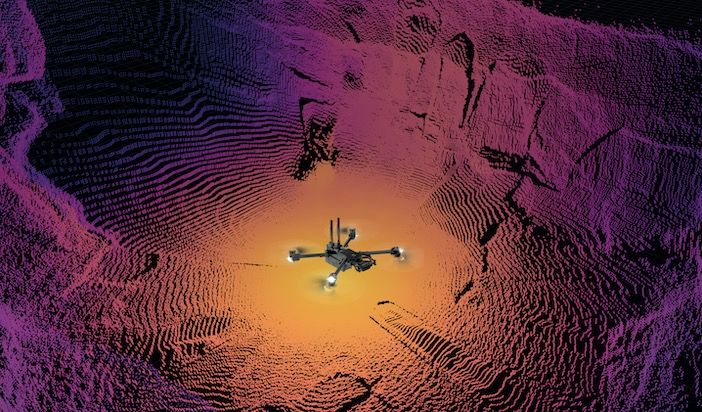
Timothy Bean is CEO of airspace security and safety company Fortem Technologies which has developed solutions such as he Skydome System for use by the military and police forces. He says, “Some military uses for AI-driven and autonomous drones include surveillance and follow-me applications. There is already a lot of air-to-ground attack drones. Now, there is a shift to hunter drones that attack other drones air-to-air.”
Drones are often tested outside in wide-open places, such as military test ranges.
According to Bean their software is first tested using simulators: “There are lots of simulations before they move on to the military test ranges. When it comes to flight testing drones, companies use pop-up tests for basic aerodynamics, followed by staged use cases. Those are then followed by dynamic operations. Additionally, a lot of environmental testing is conducted as well.”
Compared to testing commercial aircraft, testing drones is more iterative and less expensive. “There is less cost in the crash, which means engineers can push the envelope more. Drone testing is also faster to market, as there are less safety aspects to test because there are no humans on board.”
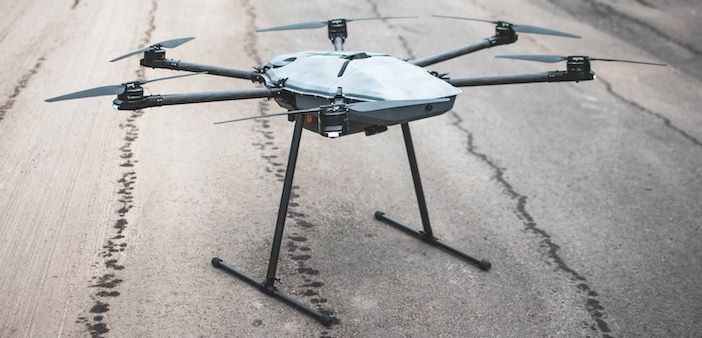
Applications
Advanced drone technologies are already beginning to impact society. According to the director of NASA’s Aeronautics Research Institute Parimal Kopardekar, precision agriculture is one such area. “Drones can help identify diseases in crops, monitor traffic, in search and rescue, methane gas leak detection, wildlife monitoring, ocean / fish movement monitoring, infrastructure inspection, cell tower inspection, vegetation monitoring and wildfire detection.”
The testing of drone software by companies and governments starts with controlled environments inside cages. Most testing programs then progress to smaller confined places, then FAA test sites, and subsequently flights in realistic environments.
Michelle Duquette is outcome leader for unmanned aircraft systems and space at the US-Government funded research agency MITRE. The research agency operates the Center for Advanced Aviation System Development and is conducting several studies of drone applications. She says small drones can often be tested with automated approaches and in a larger unit quantity than traditional aircraft.
“Test programs for larger drones are very similar to those for traditional manned piloted aircraft. Typical test programs require access to a private or government-run test site or proving ground,” she says.
“To test the technology beyond visual line of sight of the pilot, the operator will need the appropriate aircraft and airspace approval and appropriately trained personnel. For small drones under visual line of sight testing, much can be accomplished under Part 107, which allows for operations of aircraft under 55lbs [25kg] if not over people and within visual range of the pilot with limited altitude and operational environment conditions.”
Duquette describes the regulatory approach to drone testing as “inconsistent”. She says, “There are specific standards in the manned world for how aircraft avionics and other components are tested which provide a common safety assurance level, but we don’t have an equivalent for UAS [unmanned aerial systems] yet. It is an area we would like to see accelerated, specifically in performance criteria and component pedigree traceability requirements.
“The important part is not what the test consists of, but what components are actually tested. At minimum, designers and manufacturers need something against which to gauge the dependability, the security, and the performance of their software, so they can produce a product with confidence
it is compliant. Today, it’s just the Wild West.”
Security challenges
Outside of inspection, the first civil applications for drones are being realized in health logistics – delivering needed medication and supplies to people who would otherwise not be able to get them.
Duquette is convinced that autonomous drones will fit into the future of multiple sectors: “Highly-automated aviation has great potential to revolutionize and improve civilian aviation. From cargo transport with automated traditional aircraft to advanced air mobility, to small drones in infrastructure, security, agriculture, public service and other areas, the possibilities are limitless.
“It is conceivable that in time automated aircraft will become a tool seen as an aid, much like our pocket computers we still call phones. When the drone can walk the dog, paint a wall, or water the grass automatically with limited to no aviation know-how on the part of the user, the opportunities for growth will be immense.”
However, there are a host of cybersecurity issues facing engineers and users before drones can fulfil their potential as airborne sensing platforms or for real-time observation, or to provide mobility or transport goods.
“Drone operations may take place over or near people and property. To provide these new capabilities it is essential that drone systems are resilient to cyber attacks so we can ensure their safe and secure operation,” Duquette says.
“Operators and manufacturers must ensure communication links that control drone activities feature adequate cybersecurity measures to ensure that a potential attacker cannot gain control or interfere with operations. Payload data must be secured at a security level consistent with each mission and the nature of data collected or used.
“Securing radio communications alone is not sufficient – cybersecurity should include the entire drone ecosystem, including data storage, ground links, and any cloud services used.”
Drone systems must also be able to resist tampering or supply chain attacks by ensuring that software cannot be accessed or modified maliciously. To remain secure during the product lifecycle, Duquette says that “drones need capabilities to patch their systems with genuine updates when software vulnerabilities are discovered. Before beginning missions, operators should also consider safety and vulnerability assessments that include cybersecurity and obtain third party cybersecurity expertise when needed”.
Track and control
The infrastructure that must be installed to facilitate autonomous drone applications use must also be smart and secure.
John Knag, vice president of product at Dedrone, a USA-based airspace security company says, “Future network infrastructure needs to include sensors that track all drones in populated areas. While Remote ID or other transmitter / transponder identification will help a great deal in this regard, it is fundamentally insufficient for airspace security.
“Smart airspace security entails sensors that can track cooperative and uncooperative drones. In most cases this can be done through passive RF receivers, but for silent autonomous drones, radar, passive radar, optical or infrared sensing is required. Drone operators need access to this airspace monitoring to safely operate and people on the ground need this information to secure their persons, property, and privacy.”
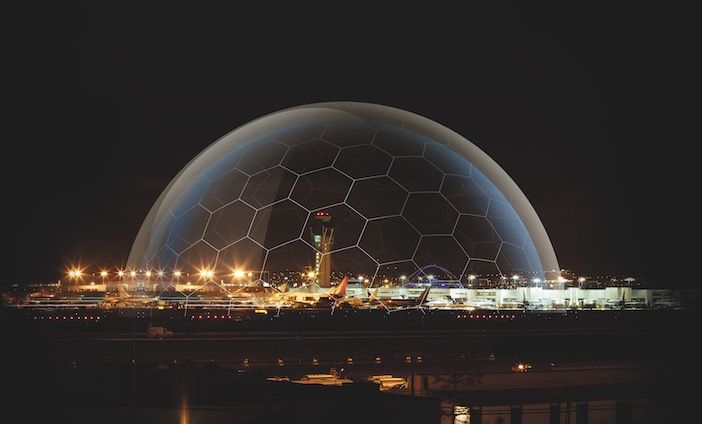
Numerous cybersecurity issues face drone developers and users. For example, Knag is worried that many drones use the popular 802.11 wi-fi standard for command and control. “Known security flaws and exploits exist for this standard, especially for older versions,” he says.
Access to the drone, controller and connected devices such as cell phones is often possible through wi-fi. Even without such a cyber intrusion, Knag believes that many users are unaware that unique identifiers of the drone are publicly broadcast over wi-fi, making it easy to identify and track specific drones and their users, without even needing a hack.
When they decide the drone has become a threat, some counter-drone companies use exploits in drone command and control signals to take over control of the drone. Most of these systems can take over the popular DJI proprietary protocols. In the USA, this activity is legally restricted to the US Federal government. But these systems are nonetheless sold commercially to unwary buyers who are not aware that their use constitutes Federal law breaking.
“Bad actors could easily exploit this counter-drone technology to either take over drones or to use the drone as an access point for a cyber attack into otherwise secure networks,” says Knag. “As these techniques are used by Federal law enforcement, drone operators should expect this technology to keep pace with drone manufacturers’ attempts to keep drones secure.”
Cybersecurity is both a top concern and driving force in the development of drones for the military sector. San Diego, California-based Shield.AI has raised hundreds of millions of dollars in funding and is working closely with the US Department of Defense to develop its unmanned systems and autonomous technology.

According to Ryan Tseng, CEO of Shield.AI, global security challenges are driving urgent demand for AI aircraft pilots.
He says, “Defense investment in AI pilots is motivated by the fact that the USA and its allies lack credible deterrents in the face of peer competitors, which jeopardizes peace and global stability. Lethal missile launchers and powerful jammers are hidden, mobile, and widely deployed by China and Russia in geopolitical hotspots. In possible future scenarios, remotely piloted and piloted aircraft would suffer higher attrition.
“AI pilots can address the root causes of the expected attrition. The development of AI pilots also has seismic commercial implications. The viability and competitiveness of current and emerging business models are dependent on AI pilots.”
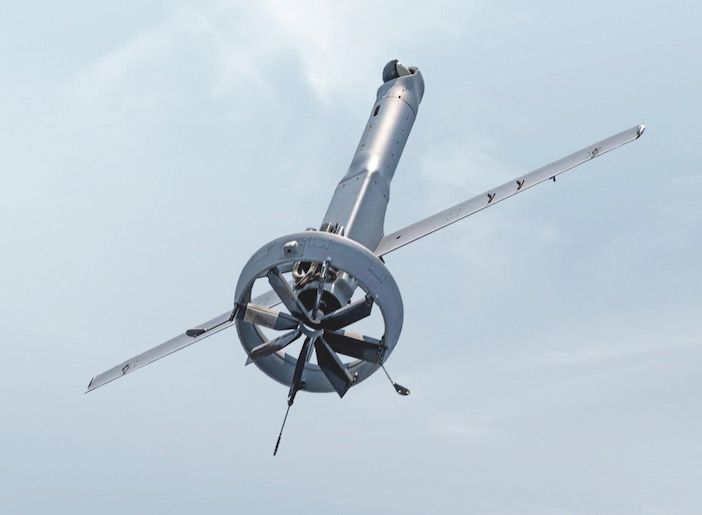
Tseng also believes that AI and autonomy will be used to mitigate pilot shortages that threaten to disrupt operations and limit capacity, while opening up more routes and offering flexibility and be used to enhance safety with single-pilot crews. Solving these challenges is what shapes Shield.AI’s approach to software development.
Tseng says, “We work backwards with the application problem we are trying to solve, then we use our software blocks and tools to produce a solution. This involves generation of new AI technologies, reuse of our pre-existing AI software, and use of our test from unit to full system on hardware, simulation, and analysis systems to produce reliable, quality code quickly.”


